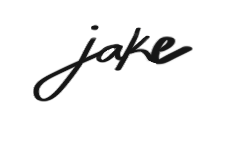Some thoughts and lessons from Config 2025
I recently got back from San Francisco, where I attended Config with the Versapay Design team. Config is the world’s leading design conference, and it was invigorating to be around over 7,000 other designers, be in person with my team, hear about some exciting product launches, and listen to some inspiring talks. If you’re interested, you can watch them all online for free!
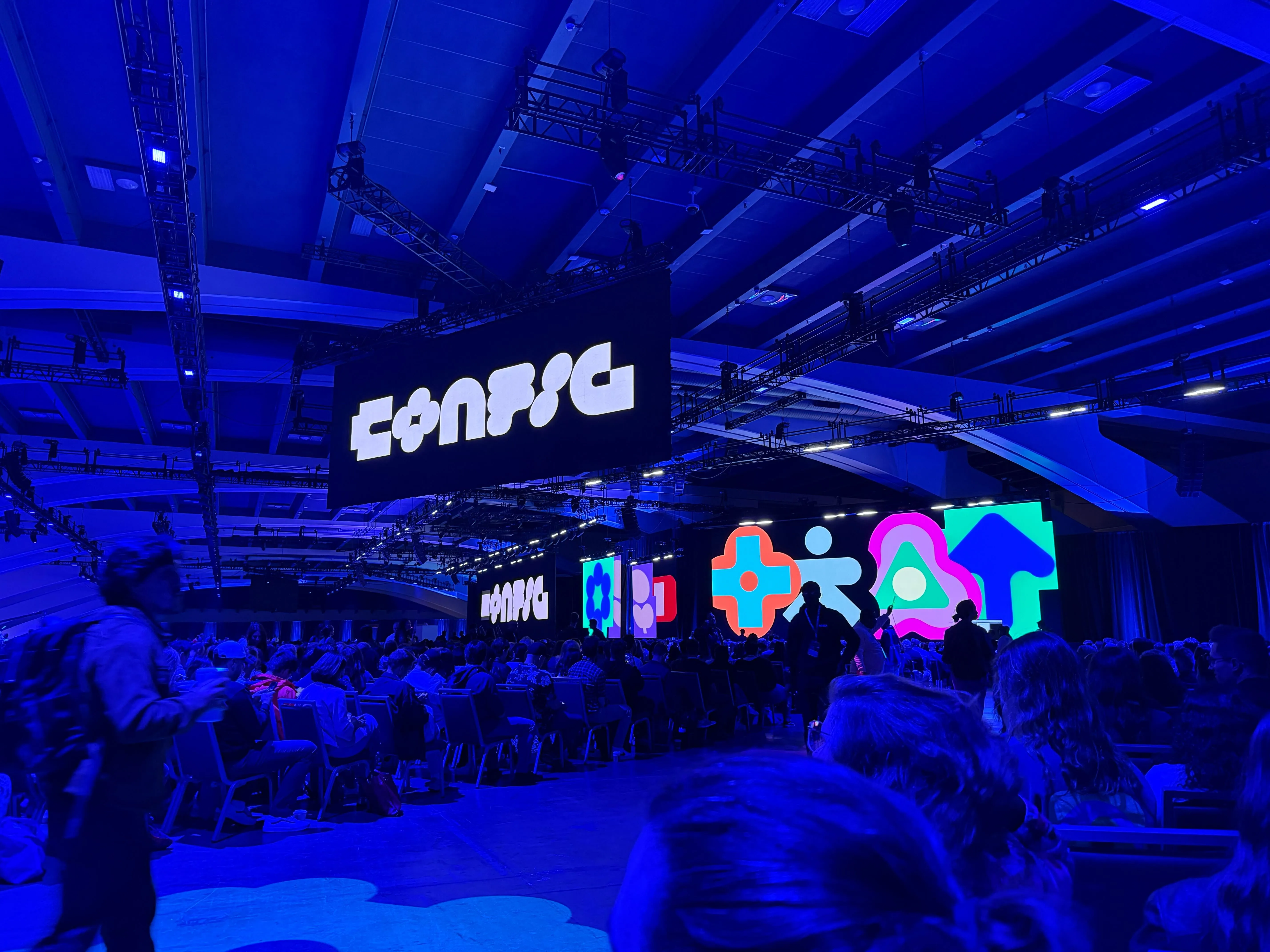
While it was an incredible experience for our design team, the insights I brought back go far beyond design—they’re about how we all work, think, and build together.
Design with a capital “D”
First, we have to think broader about Design. That is Design with a capital “D”. There is design, which is traditionally what you might think of: “Make it pretty” kind of stuff.
But Design, that’s something else entirely. And it’s something we want encoded as core DNA for all we do. Design (with a capital D) isn’t just about aesthetics—it’s about intentionality, empathy, and problem-solving at every level of the organization.
Defining the right problems to solve, putting the customer at the center of everything, curiosity., testing and iteration, craft and care, attention to detail; these and many other qualities make up Design. They should be infused into everything we do, from our marketing to our sales experience to our onboarding and implantation and yes, our product experience.
Here’s some of the top themes I took away from the week.
The great blending
One of the most thought-provoking themes at Config was how traditional roles are evolving in the age of AI.
Traditionally, we think of building product as a triad: Product Management, Engineering, and Design. It would look something like this.
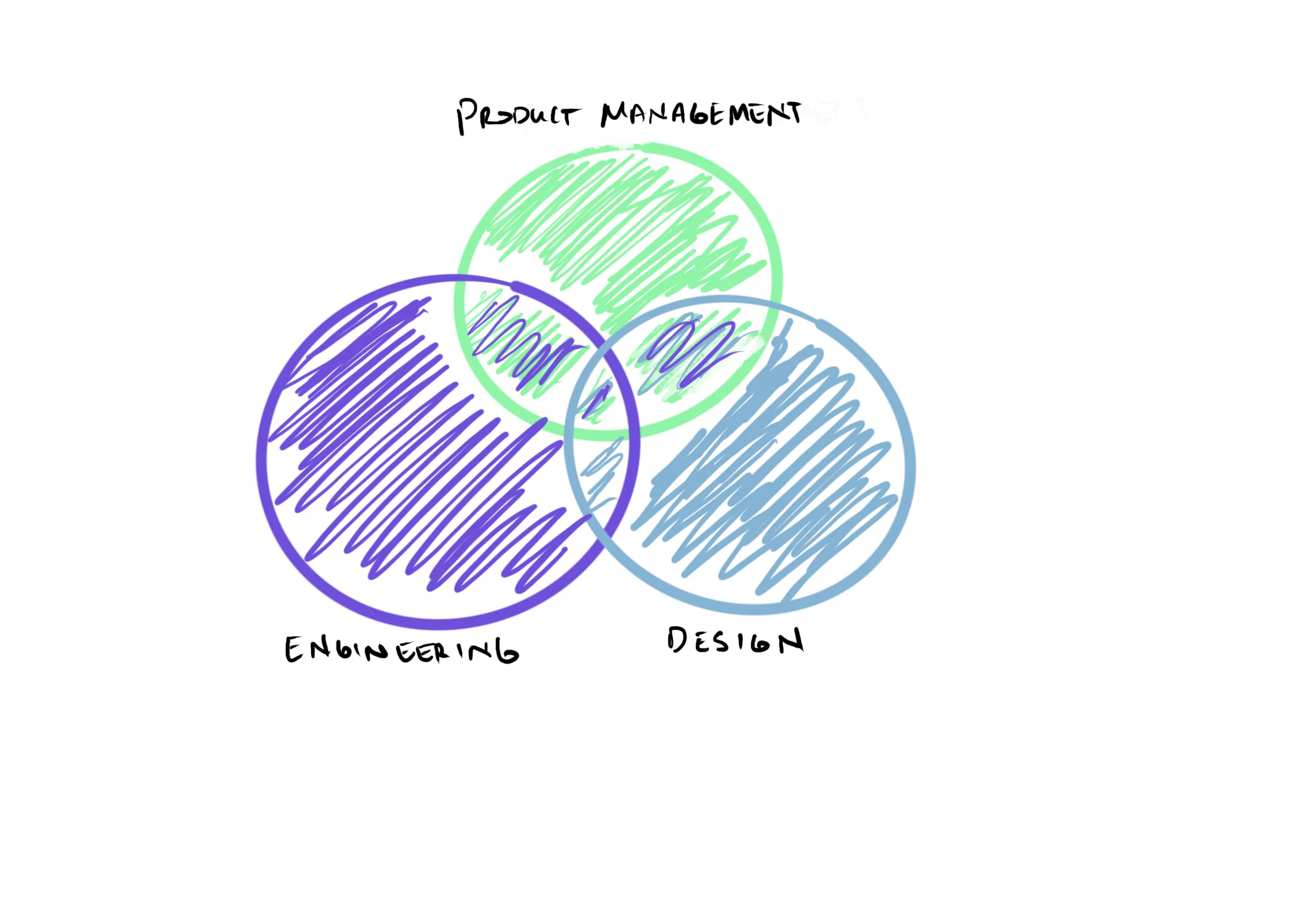
In this model, roles are distinct and defined with a little overlap. Each discipline brings compartmentalized expertise, and they work together, often linearly, to bring great products to market. It works well. Or at least it has.
I don’t believe this is how things will look as we move into a bold future where AI enables faster innovation but also a need for new ways of working.
You can imagine that it might look something more like this.
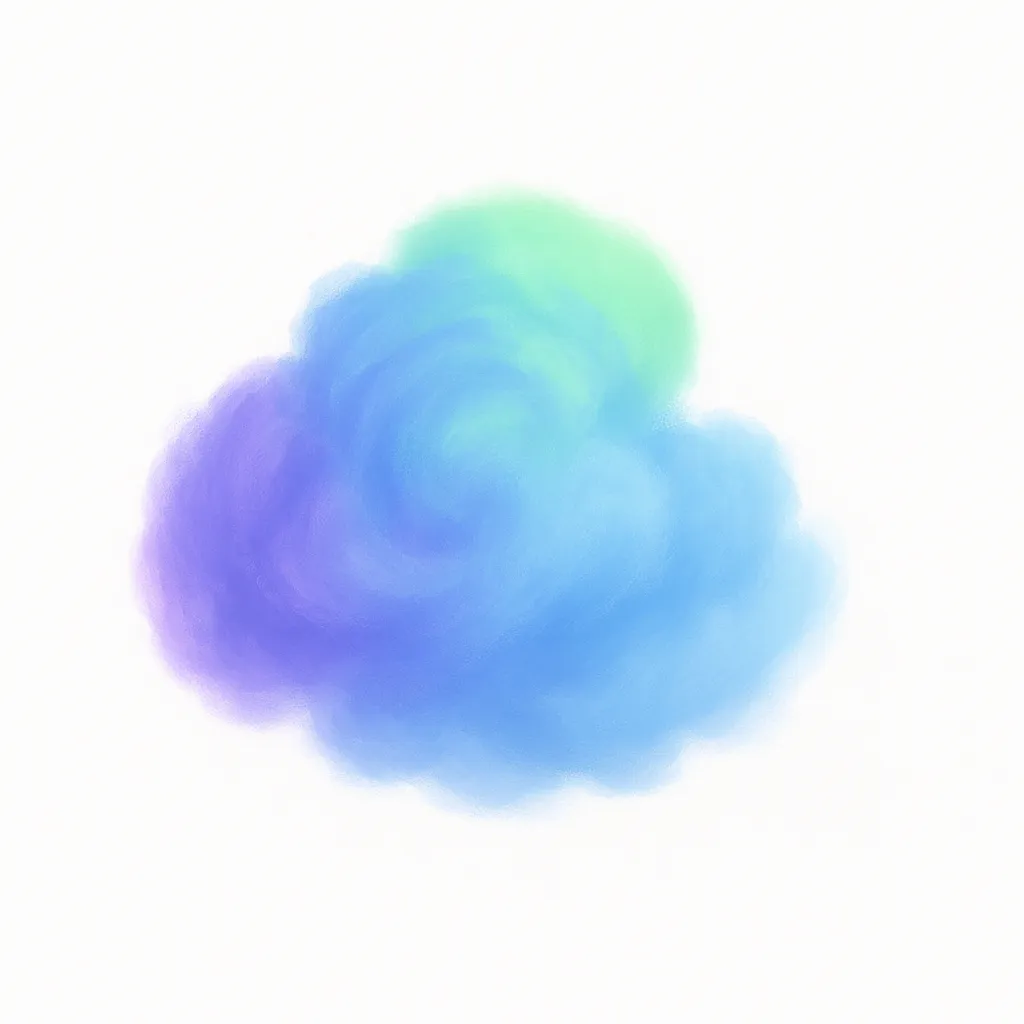
One is a technical drawing. The other is art.
This is the great blending, where the boarders of traditional disciplines start to disappear. It is more like a dance.
With generative AI, a PM can create a fully designed prototype. A designer can create a PRD. An Engineer can conduct user research. All within hours or even minutes.
In this reality the value each discipline brings to the table is ultimately measured in insights, ideas, and innovations. Of course, we all have our expertise to contribute. But these are and will continue to be commoditized by AI. What AI will not replace is the harmony of all three conducting this process, sometimes together…sometimes solo.
I find this all to be incredibly exciting. Bursting with possibility. And it’s how we’ll win.
We are all amateurs
In her talk on the fusing of generative AI and robotics, Dr. Madeline Gannon—the robot whisper—shared how in a world where technological innovation outpaces our ability to learn, we are all amateurs.
That might at first feel defeating, but she argues that it’s actually a strength. “What’s really powerful about [amateurism],” says Dr. Gannon, “is that the amateur eyes can connect dots that others can’t even see. And it’s a really powerful tool that unfortunately is hard to keep. The more expertise you gain, the more experience you gain…the more you already know what’s completely impossible, what is totally improper, and what can’t be done.”
When you don’t know what can be done, you’re not constrained by your preconceptions. “This really levels the playing field, for innovation and playfulness,” says Dr. Gannon.
It was this approach to craft that allowed Dr. Gannon to imagine a two-ton robot as a playfully interactive.
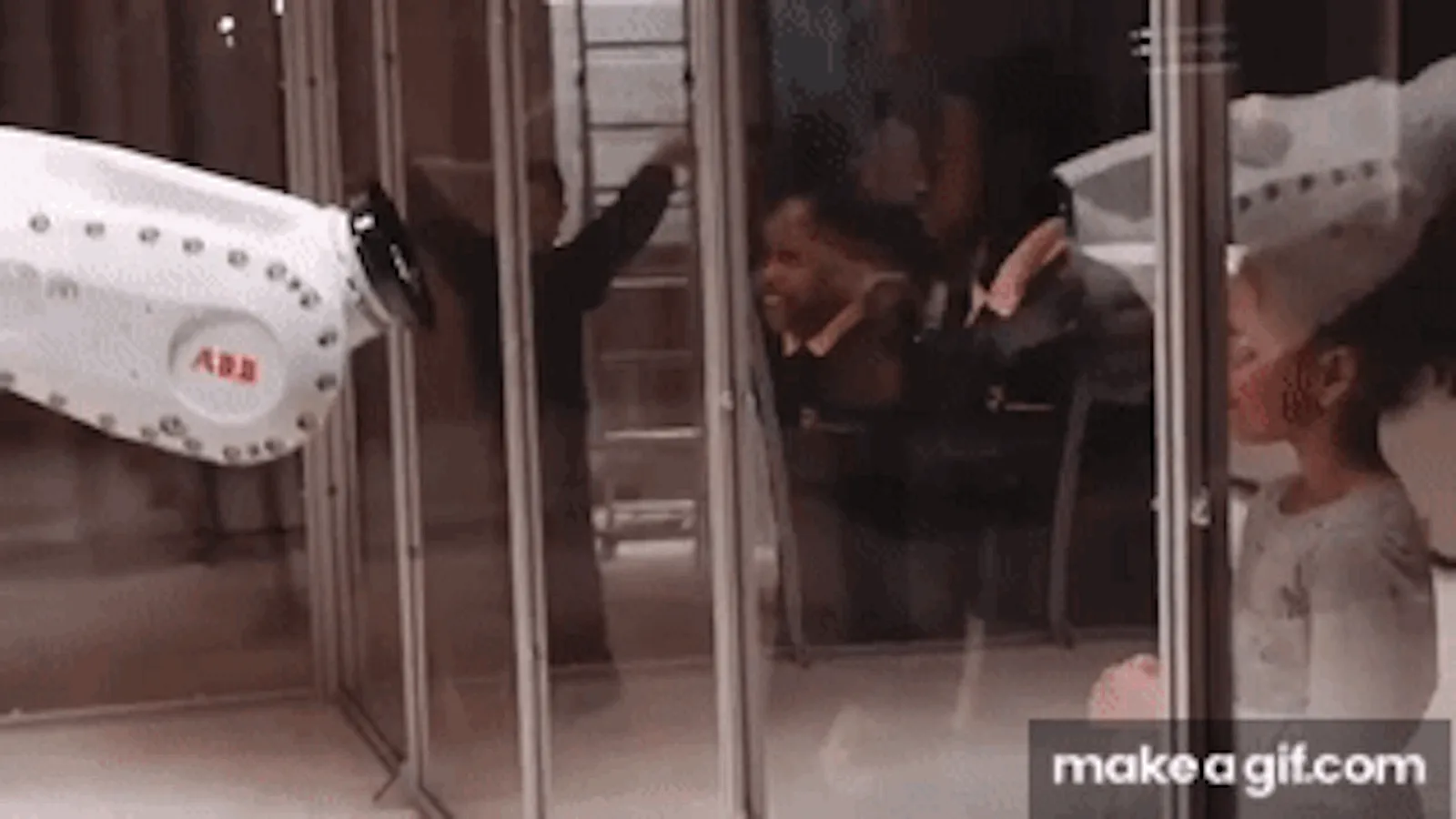
Instead of a death trap.
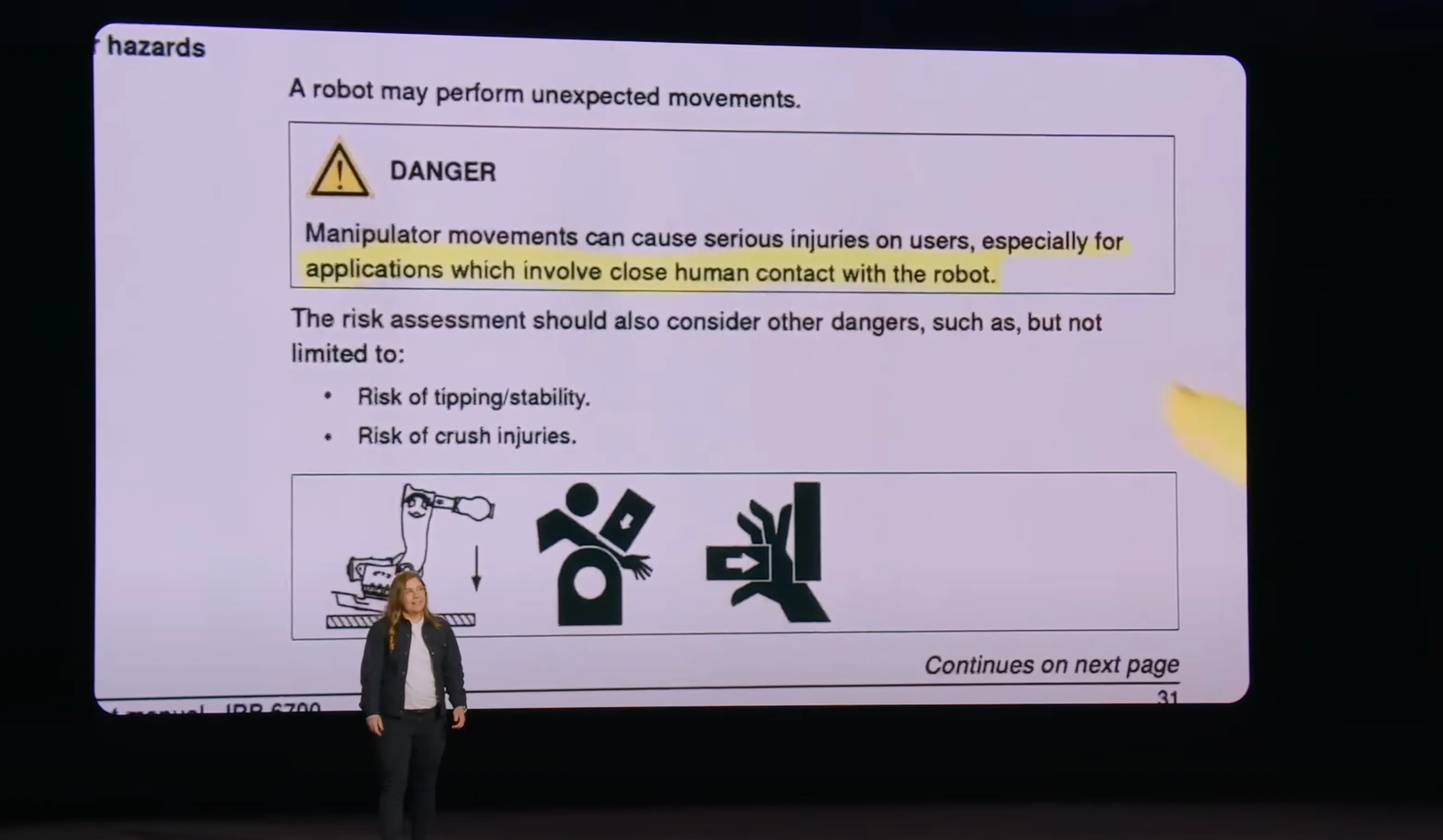
It’s scary to feel like an amateur. But it’s incumbent on us get past this fear, to embrace it as a strength, and to ask, as Dr. Gannon says, what if? Why not? How hard could it be?
Know-it-alls don’t ask these questions. They already know the answer, even if it’s wrong.
Imagine what you could create if you didn’t know it wasn’t possible.
If you operated with “a fearless and relentless drive to bend the future to the better.”
Good news. You can.
The future of work is play
Serendipity. It was mentioned more than once at Config.
In his talk, “Beyond agents: AI as a creative partner,” Joel Lewenstein invited us into a different metaphor: AI as a creative partner vs. a tool. Lewenstein is Head of Product Design at Anthropic, so he knows a thing or two about the bleeding edge of AI.
Lewenstein and other speakers discussed how AI is now moving beyond the prompt, processing our requests and coming up with new and unexpected ways to solve problems beyond our pre-definitions.
One approach is to get frustrated that the “tool” isn’t doing what we asked it to do.
Another approach is to curiously and playfully engage with AI, building on each other’s ideas to create something previously unimagined. That is diving head first into serendipity.
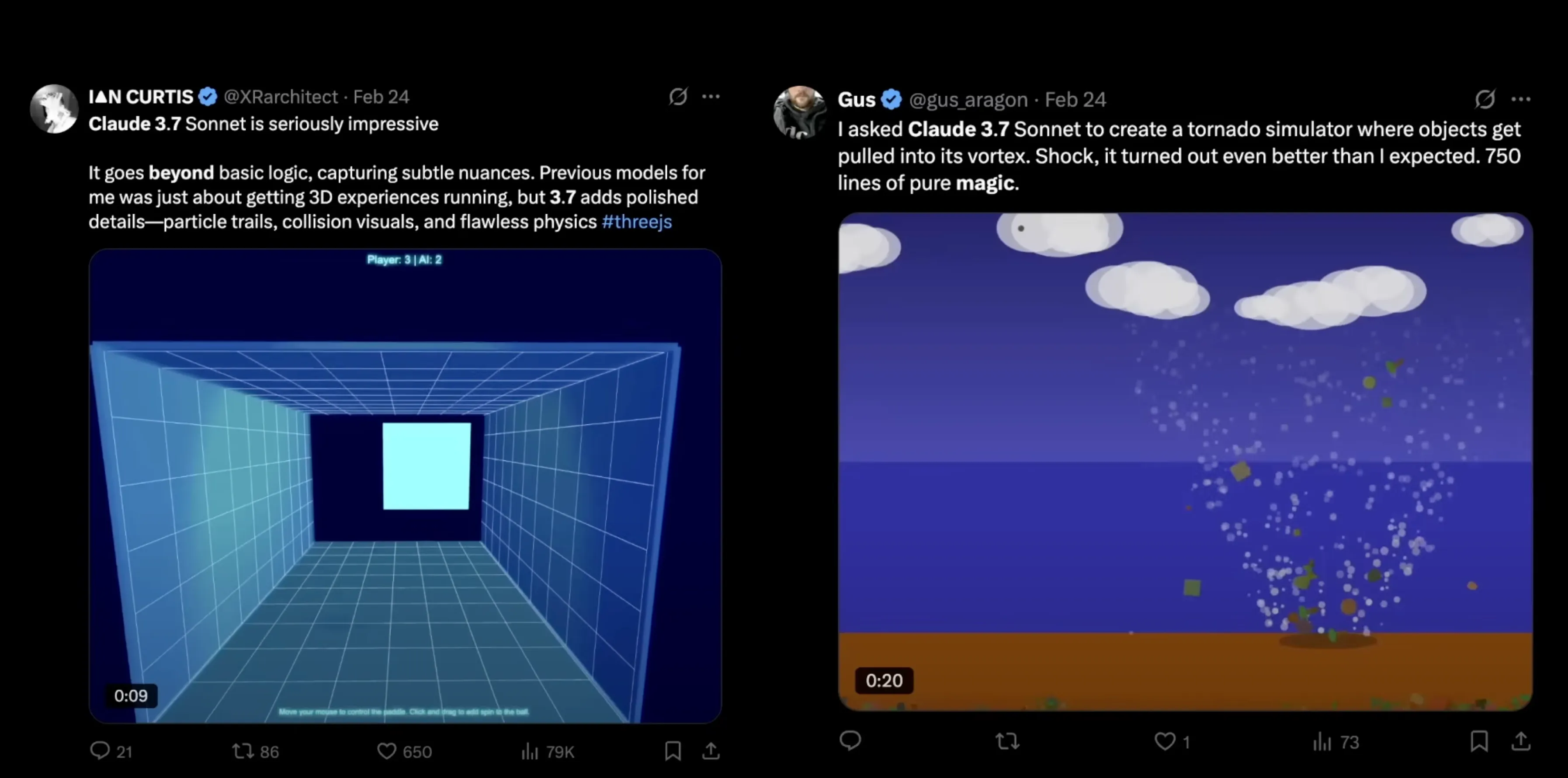
It’s fun. It’s playful. And it’s still work.
I encourage you to approach your work in the same way. It’s easy to get wrapped up in deadlines and stress and the need to deliver. But as the old metaphor goes, grasping at sand only makes it disappear all the faster. When we pull back, ease up, and approach our work as play, amazing things can happen.
